Close-Ups Close the Distance
We’ve been looking at stationary camera shots, beginning with the Close-Up, which is perhaps the most common of all shots in a movie. Close-Ups allow writers to paint the flair into the story, which breathes life into it. Can you imagine showing every scene as if the camera was a football field away? Yes, there are times when you don’t want to show detail, and I’ll get more into that in later posts when we look at Long Shots.
But I believe it would be hard to successfully write an entire novel as if watching from far away (okay, there’s another challenge for those of you with too much time on your hands). Your characters would be shapes upon the landscape, and the reader wouldn’t be able to tell much of what they are doing. From that far away, your reader can’t hear what they’re saying, smell, taste, or touch anything. The distance distances readers—and that’s a problem. Readers want to be immersed in story and character, and you can’t achieve that by holding them at arm’s length—or relegating them to standing a hundred yards away.
So keep this in mind as you construct your scenes. Once you have a feel for all the major kinds of camera shots and when best and how to use them, invariably there will be moments in many of your scenes in which the Close-Up shots will be key to building to and revealing your “moment.” Use Close Shots when you want the reader to notice or pay attention to an object, a character’s small action, a subtle detail like a smell, or a reaction (facial close-up).
Remember, you, the director, are in charge of showing the reader what’s important. By using a Close-Up, you are saying “pay attention here!” You can add tension by revealing a clue that you don’t explain until later, but if the reader is “told” to notice it, she will be curious as to why it was pointed out.
Close-Ups Are All About Details
In this scene in Linda S. Clare’s novel The Fence My Father Built, Clare uses a Close-Up shot to have her character look at the things in the closet, then moves in to an Extreme Close-Up as she studies reads a letter she’s found.
I went to the cramped room Nova and I shared to decide on my own clothes, crammed into the closet with all sorts of boxes of Lutie’s sewing supplies and who knows what else. This would be my first real social outing since we’d arrived. A few of Lutie’s church ladies had stopped by—with covered dishes and a jar of last year’s homemade applesauce.
I slid a boot box to one side. It fell over and its contents tumbled out. Instead of crochet hooks or balls of yarn, a pile of papers and old photos lay at my feet. On a yellowed photo the likeness of Joseph Pond stared up at me.
He stood on a rise overlooking the creek. Shadows cut across the landscape and my father’s profile.
I picked up the snapshot and smoothed it, running my fingers across his face. I sat on the edge of the bed and tried to pray for the first time since I could remember. I felt awkward and clumsy but I asked for guidance anyway. Before I could stop it, a tear splashed on the print. I wiped it away and wished I’d come here while he was still alive.
This was what was left of my father: old pictures, clippings, cocktail napkins scrawled with drawings and a letter, on lined paper, written in a strong upright hand.
My Dear Daughter, Muriel, the letter began. What followed was a heartbreaking admission of parental failure, but also an unbendable faith. My father admitted he was a problem drinker and hadn’t been capable of raising his only offspring. One line jumped out and pricked my heart: The good Lord has been good to this old sinner, it said, and I’d die a happy man if I knew you’d joined the fold of our Lord Jesus.
I still wasn’t sure I could enter into his beliefs. “I want to believe,” I said out loud, “but I’m so confused. I just don’t see how God can help me in my situation.” I carefully folded the letter and placed it in my wallet, for safekeeping. I gently laid the other things back into the box and slid it back where I’d found it. I wondered if Aunt Lutie had planted it there for me to find.
The details writers bring to the fore should give insight into the characters and move the plot forward. By being deliberate in the choice of camera shots and using them in a natural, unforced way—mimicking the way we move through life and see and interact with our world—writers can tell a powerful, effective story. And getting “up close and personal” is the best way to get there.
Close-Ups Enhance Theme
Think about an Extreme Close-Up. When you are watching a movie and the camera “blows up” some detail you would normally not see unless you were within inches of it, you are forced to look at it, and it alone. You are, in effect, being told to pay specific attention, even if you are not told why. This technique is powerful in film, and often is used in a symbolic manner. How better to bring out a theme or motif than by using this technique?
In David Lynch’s film Blue Velvet (1986), after showing a montage of an idyllic small-town American landscape, the sequence ends with an Extreme Close-Up of beetles crawling under a beautifully manicured lawn. The symbolism would be hard to miss: under the pristine outer appearance of sublime American life and order, there are creepy crawly things tearing up the earth and creating havoc. What a powerful way to imply there is something ugly simmering (or crawling) beneath the surface!
Writers can apply this technique without much difficulty. A POV character in a scene can shift her attention during or after a peak moment to notice something around her. In that flash of moment, she can either see the connection between her present circumstance or she can just be riveting without knowing why. Either way, by bringing the detail up extremely close, the reader is hit with the significance. And if a novel is using a repetitive motif or thematic element such as something in nature, bringing this up close from time to time will powerfully punch home the theme. A common use of the Extreme Close-Up is to draw attention to a detail that is seemingly unimportant but has weighty significance later on.
This week, find a scene in your current WIP that needs a Close-Up shot. or maybe you already have one in there. Think how you can provide small details that help reveal character and plot by showing them with an Extreme Close-Up shot. Is there something key to the story that needs close notice? Spend a line or two “showing” what that item or expression looks like. Find a scene in which you need this kind of Close Shot for the high moment and emphasize it even more. Can you think of a powerful Close-Up Shot in a movie that you’ve never forgotten? Share it in the comments!

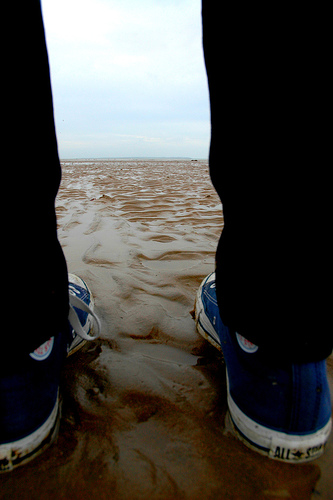
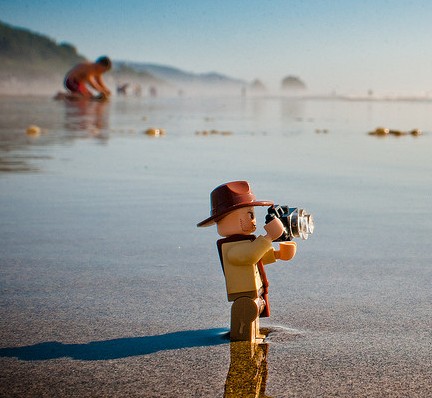

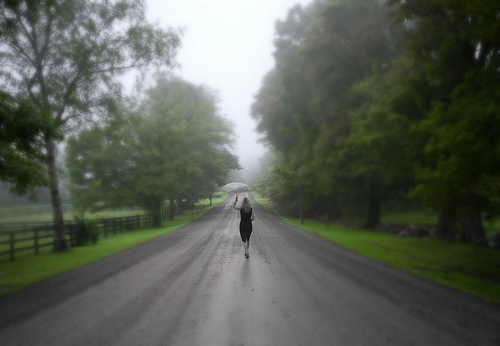
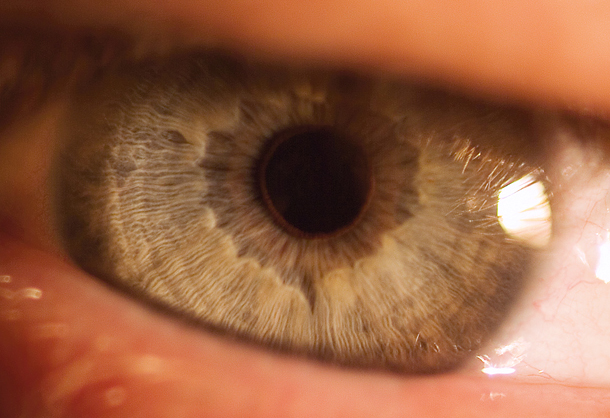

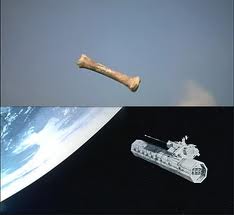




Thanks so much, Susanne, for featuring this scene from The Fence My Father Built. When I wrote it I’d never heard of using cinematic techniques. My point is that you can learn a TON about these camera angles in fiction by watching movies or TV. ~Linda
Thank you Susanne for this excellent example on using ‘camera’ Close-Ups shots in your writing. I especially liked the reference to the creepy crawlers, foreshadowing creepy secrets in the story.